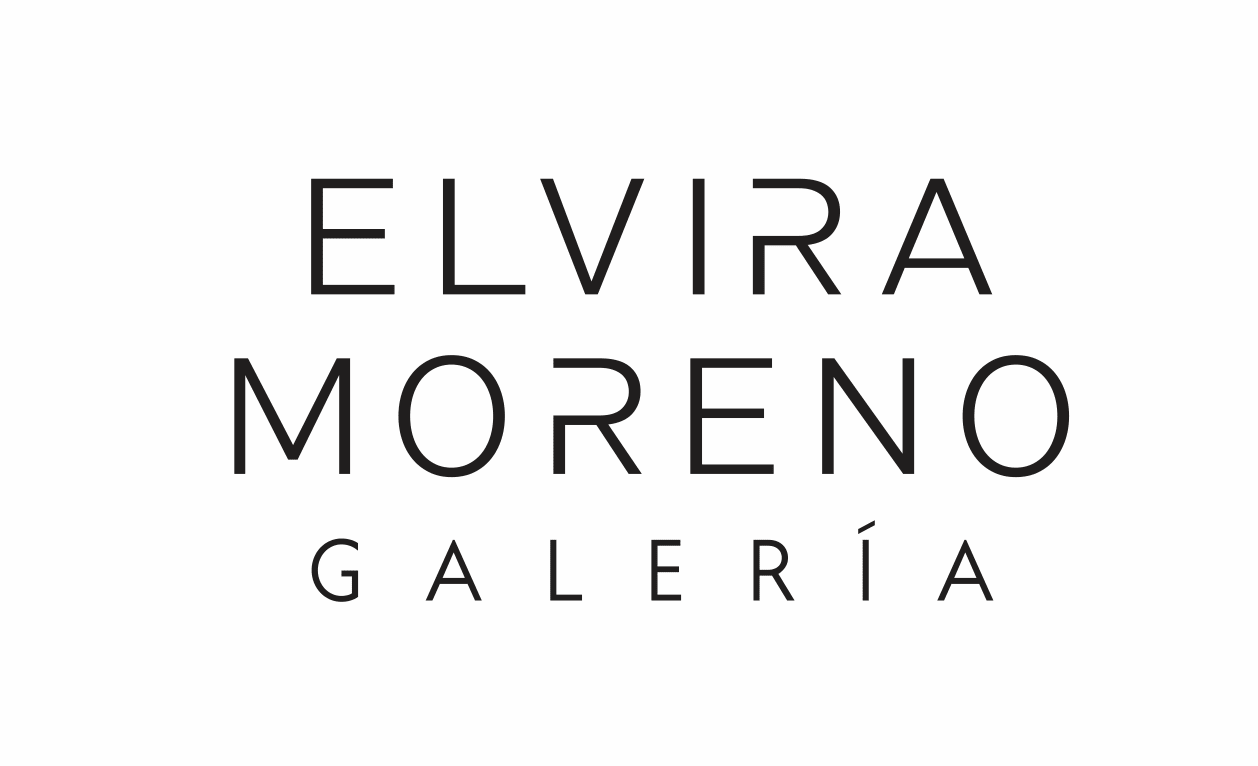-

Ofrenda, Camino and Semilla
August 9, 2024Among his work, Antonio Pichillá also creates three individual pieces that don't belong to any of his series; these are Ofrenda (Offering), Camino (Path), and Semilla (Seed). Ofrenda: As part of the 'Cholb'al Q'iij' or Mayan Calendar, there is the day 'To'j' or the Offering Day. In this piece, Antonio Pichillá refers to the moment we meditate through the Sacred Fire. Antonio explains, 'When foreigners came to invade us in the past, they burned many of our ancestors and their works such as the codices, replacing them with what we...Read more -

Glifos
August 9, 2024The stones in Antonio Pichillá's work are essential; they play significant religious, cartographic, and historical roles in ancient Mayan practices. They are living stones, representing ancestral entities with inherited energy. Once obliterated by Spanish colonizers, these stones have regained importance as healing and symbolic objects. While those in museums 'are trapped, caged, living a cold existence [...].' The ones presented in Pichillá's art continue to tell their living stories. For his series Contemporary Archeology, Antonio refers to Humberto Akabal's famous poem: 'It's not that the stones are mute; they just...Read more -

Cuatro Elementos
August 9, 2024The Cuatro Elementos (Four Elements) series comprises works uniquely representing the four elements: water, fire, air, and earth. In this series, Antonio materializes symbols alluding to each component through his textiles, intertwining threads, and wool. To represent Air, Antonio was inspired by indigenous Mayan men's costumes, which use a figure in the shape of an X. This figure represents air and wind. He explains that air comes from one side and wind from the other side, and when they converge, they create a geometric figure, an X. To represent the...Read more -

Nudo
August 9, 2024In this series, Antonio was inspired by the day 'B'atz'' in the 'Cholb'al Q'iij' or Mayan Calendar, which means 'Knotting and Unknotting'. 'B'atz' is a duality compound; it represents the irregularity and vulnerability of life. A nod symbolizes tension and conflict but also union and support. Antonio knots and tangles the threads and fabrics to express these concepts. He explains that life never goes in a straight line; it always takes different directions. Sometimes, we find ourselves in desperation without a way out, but those problems can always get solved;...Read more -

Kukulkan
August 9, 2024According to Mayan mythology, the deity Ku Kul Kan is responsible for wind, rain, and life. This imaginative deity originates all life above and below the earth. Represented as a feathered serpent, Ku Kul Kan appears in many stone carvings, such as the Popol Vuh, throughout the Mayan area, and legend states that he is the link between the world of the Gods and humanity. It said that he bestowed humanity with maize and is well-known as a creator and source of creativity and inspiration, which are central themes in...Read more -

Abuelo
August 9, 2024The series Abuelo (Grandfather), also known as “Qa Mama” in the Mayan Tz’utujil, is one of the most extensive from Antonio Pichillá’s work. He explains the importance that grandfathers and grandmothers have in his culture. They represent the origin, the creators, and the progenitors of the whole generation. In this series, Antonio drew inspiration from the woven patterns that are representative of the Mayan man’s costumes. The pants from the Indigenous men are traditionally white with black designs. These fabrics are the primary source of inspiration for the series Abuelo....Read more -

Abuela
August 9, 2024Antonio Pichillá's series 'Qati't,' also known as Abuela (Grandmother), emphasizes the importance of grandmothers in his culture. He questions, 'When we talk about our apparel, there's a lot to talk about; who makes them? Who weaves them?' and says, 'It's always women; our mothers are the ones who always do this work; they weave the fabrics, they braid the threads.' The tradition of weaving that passes through generations, especially from women, inspired Antonio to do this series. Being the youngest brother, he was the only one who learned and continued...Read more

